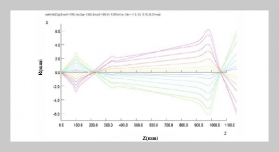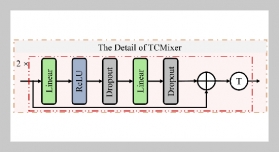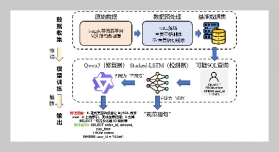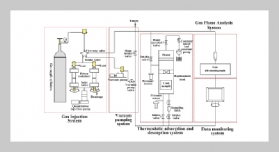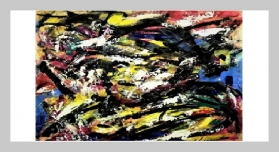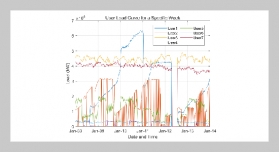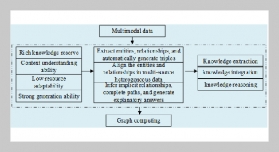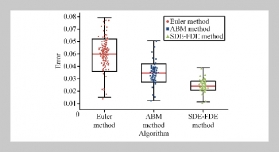REFERENCES
- [1] Bogatin, E., “Signal Integrity - Simplified,” Prentice Hall (2003).
- [2] Hwang, J. N. and Wu, T. L., “Coupling of the Ground Bounce Noise to the Signal Trace with via Transition in Partitioned Power Bus of PCB,” IEEE Int. Sym. on Electromagnetic Compatibility, Vol. 2, pp. 733736 (2002).
- [3] Chang, T. H., “Minimizing the Switching Noise in a Power Distribution Network Using External Coupled Resistive Termination,” IEEE Trans. Adv. Packag., Vol. 28, pp. 754760 (2005).
- [4] Wu, T. L., Chen, S. T., Huang, J. N. and Lin, Y. H., “Numerical and Experimental Investigation of Radiation Caused by the Switching Noise on the Partitioned DC Reference Planes of High Speed Digital PCB,” IEEE Transactions on Electromagnetic Compatibility, Vol. 46, pp. 3345 (2004).
- [5] Hubing, T., “Effective Strategies for Choosing and Locating Printed Circuit Board. Decoupling Capacitors,” IEEE Transactions on Electromagnetic Compatibility, Vol. 2, pp. 632637 (2005).
- [6] Chen, J. and He, L., “Efficient In-Package Decoupling Capacitor Optimization for I/O Power Integrity,” IEEE Transactions on Computer-Aided Design of Integrated Circuits and Systems, Vol. 26, pp. 734738 (2007).
- [7] Meng, X., Arabi, K. and Saleh, R., “Novel Decoupling Capacitor Designs for Sub-90 nm CMOS Technology,” IEEE Quality Electronic Design, 2006. ISQED ‘06. 7th International Symposium on, pp. 2729 (2006).
- [8] Tang, K. T. and Friedman, E. G., “On-Chip I Noise in the Power Distribution Networks of High Speed CMOS Integrated Circuits,” IEEE ASIC/SOC Conference, pp. 5357 (2000).
- [9] Chen, J., Hubing, T. H., Van Doren, T. P. and DuBroff, R. E., “Power Bus Isolation Using Power Islands in Printed Circuit Boards,” IEEE Transactions on Electromagnetic Compatibility, Vol. 44, pp. 373380 (2002).
- [10] Lin, Y. H. and Wu, T. L., “Investigation of Signal Quality and Radiated Emission of Microstrip Line on Imperfect Ground Plane: FDTD Analysis and Measurement,” in Proc. of IEEE Int. Symp. on EMC, Vol. 1, pp. 319324 (2001).
- [11] Berghe, S. V., Olyslager, F., Zutter, D. D., Moerloose, J. D. and Temmerman, W., “Study of the Ground Bounce Caused by Power Plane Resonances,” IEEE Trans. On Electromagnetic Compatibility, Vol. 40, pp. 111119 (1998).
- [12] Radu, S. and Hockanson, D., “An Investigation of PCB Radiated Emissions from Simultaneous Switching Noise,” IEEE Int. Sym. on Electromagnetic Compatibility, Vo1. 2, pp. 893898 (1999).
- [13] Cui, W., Fan, J., Sha, H. and Drewniak, J. L., “DC Power Bus Noise Isolation with Power Islands,” IEEE International Symposium on EMC, pp. 899903 (2001).
- [14] March, S. L., “Analyzing Lossy Radial-Line Stubs,” IEEE Trans. Microwave Theory Tech., Vol. 33, pp. 269271 (1985).
- [15] Vinding, J. P., “Radial Line Stubs as Elements in Strip Line Circuits,” NEREM Rec., pp. 108109 (1967).
- [16] Wen, C. P., “Coplanar Waveguide: A Surface Strip Transmission Line Suitable for Nonreciprocal Gyromanetic Device Application,” IEEE Trans. Microwave Theory Tech., Vol. 17, pp. 10871090 (1969).
- [17] Pozar, D. M., “Microwave Engineering,” 3rd ed., New York: John Wiley & Sons (2005).
- [18] Sobol, H., “Applications of Integrated Circuit Technology to Microwave Frequencies,” Proc. IEEE, Vol. 59, pp. 12001211 (1971).
- [19] Hall, S. H., Hall, G. W. and McCall, J. A., “HighSpeed Digital System. Design, A Handbook of Interconnect Theory and Design Practices,” Hoboken, NJ: Wiley (2000).
- [20] Giannini, F., Ruggeri, M. and Vrba, J., “Shunt Connected Microstrip Radial Stub,” IEEE Trans. Microwave Theory Tech., Vol. 34, pp. 363366 (1986).
- [21] Hwang, J. N. and Wu, T. L., “The Bridging Effect of the Isolation Moat on the EMI Caused by Ground Bounce Noise between Power/Ground Planes of PCB,” In Proc. of IEEE Int. Symp. on EMC, Vol. 1, pp. 471 474 (2001).
- [22] Gonzalez, G., “Microwave Transistor Amplifiers – Analysis and Design,” Prentice-Hall (1984).
- [23] Shi, H., Sha, F., Drewniak, J. L., Van Doren, T. P. and Hubing, T. H., “An Experimental Procedure for Characterizing Interconnects to the DC Power Bus on a Multilayer Printed Circuit Board,” IEEE Transactions on Electromagnetic Compatibility, Vol. 39, pp. 279 285 (1997).


![Theoretical model of FSOS connected to a transmission line of width W [14]. Resonance-Aware Design Approach for Reducing Noise Coupling between Power Buses: Using Fan-Shaped Open Stub on Printed Circuit Boards](/images/article_images/12/12_2_12.jpg)
